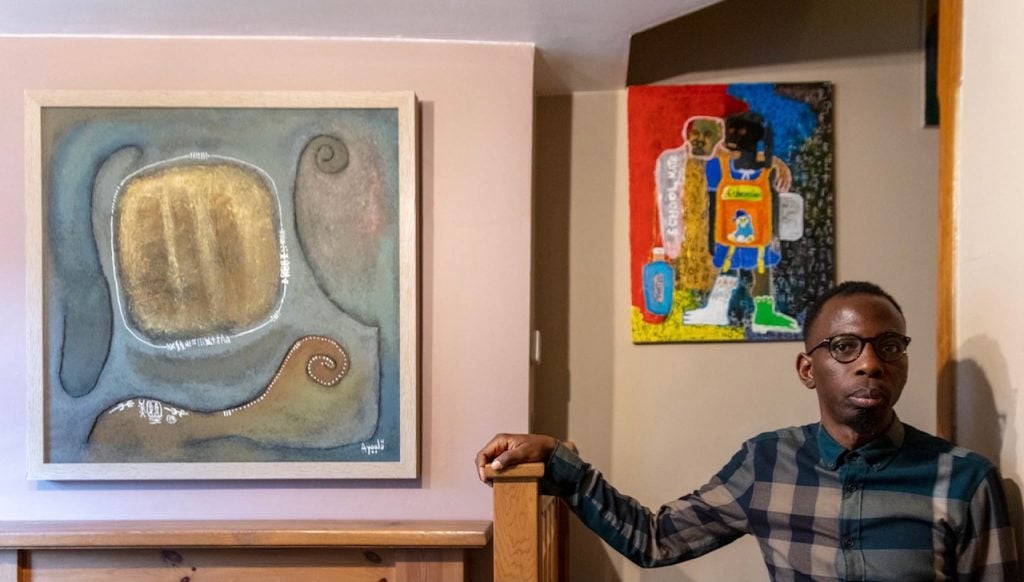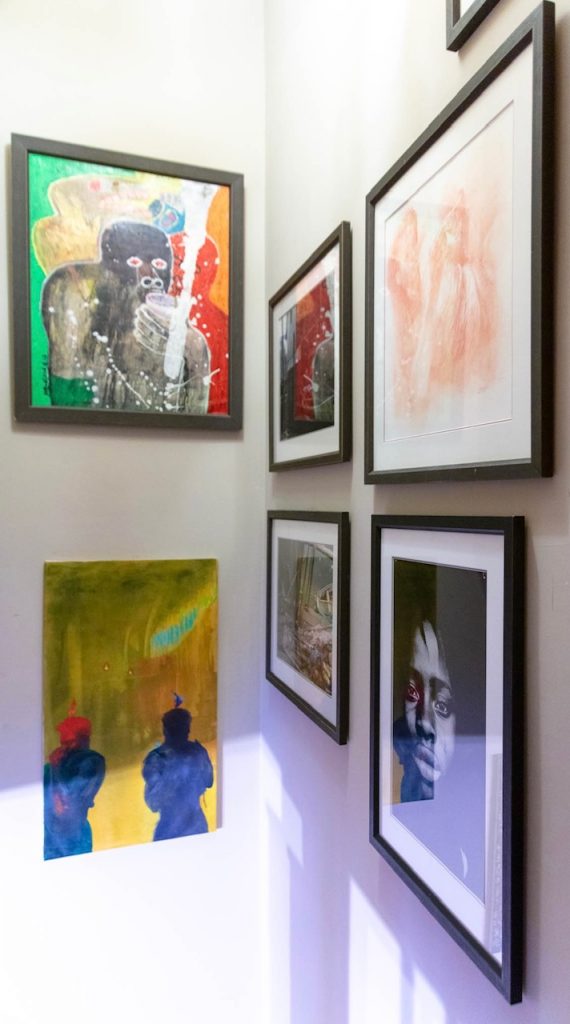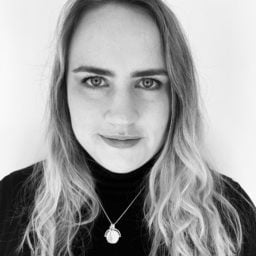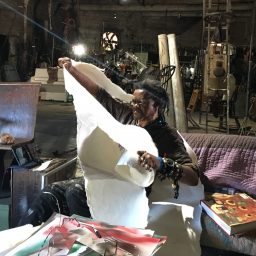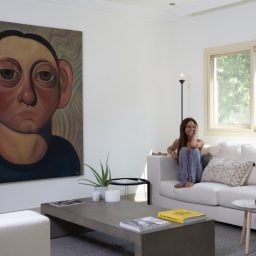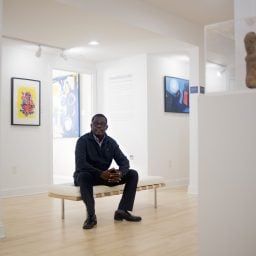Art advisor and gallerist Adeola Arthur Ayoola, whose London-based Kanbi Projects specializes in the work of contemporary artists from Africa and the diaspora, started off his life in art as a collector.
The British-Nigerian collector’s personal holdings reflect his passion for supporting emerging African creators like Austin Uzor, Ayoola Gbolahan, and Nkechi Ebubedike, whose art often grapples with themes of cultural identity and the narratives surrounding the portrayal of Blackness.
Ayoola founded his advisory in 2019 with the aim of boosting the profiles of African artists to a global audience. His gallery Kanbi Contemporary is nomadic, popping up around the world to coincide with major art events. Later this week, he will take part in Art X Lagos, where his gallery will show work by Nigerian artist Ayoola Gbolahan.
We caught up with the multi-hyphenate art professional about his love of studio visits, growing his collection, and his newfound yen for sound and performance art.
What was your first purchase (and how much did you pay for it)?
A set of limited edition prints of photographs from a photography gallery in London. I bought four prints for about £800 at the time—that was somewhere between 2007 and 2008.
What was your most recent purchase?
A painting by U.S.-based Nigerian artist Austin Uzor titled Blue pentecost and the story of a forgotten few. I showed his works in a group exhibition I curated last year and there was a piece in the show that I really liked. I have been following his career for a while now—I first saw his ballpoint drawings in an exhibition in Nigeria. He moved to the United States in 2016 and I have seen the evolution of his practice from realism to abstraction. I’m delighted to be showing his work in my upcoming London group show, “Untangling the Perils that Tangle Us,” which opens November 12.
Which works or artists are you hoping to add to your collection this year?
I am intentional in the artists that I want to add to my collection—the focus of my collection going forward is young and emerging Black artists whose practice I can relate to on a personal level in terms of the spaces and issues they are navigating: identity, Black masculinity, in-between spaces, intersectionality, and family.
They include David Olatoye, Ofunne Azinge, Tobi Alexandra Falade, Bria Fernandes, and a young artist I met recently who is currently studying at Ruskin, Paul Majek-Oduyoye. I am collaborating with Tobi and Paul in my next curatorial project opening in a couple of weeks in London in collaboration with the Koppel Project, a not-for-profit organization that supports young and emerging artists.
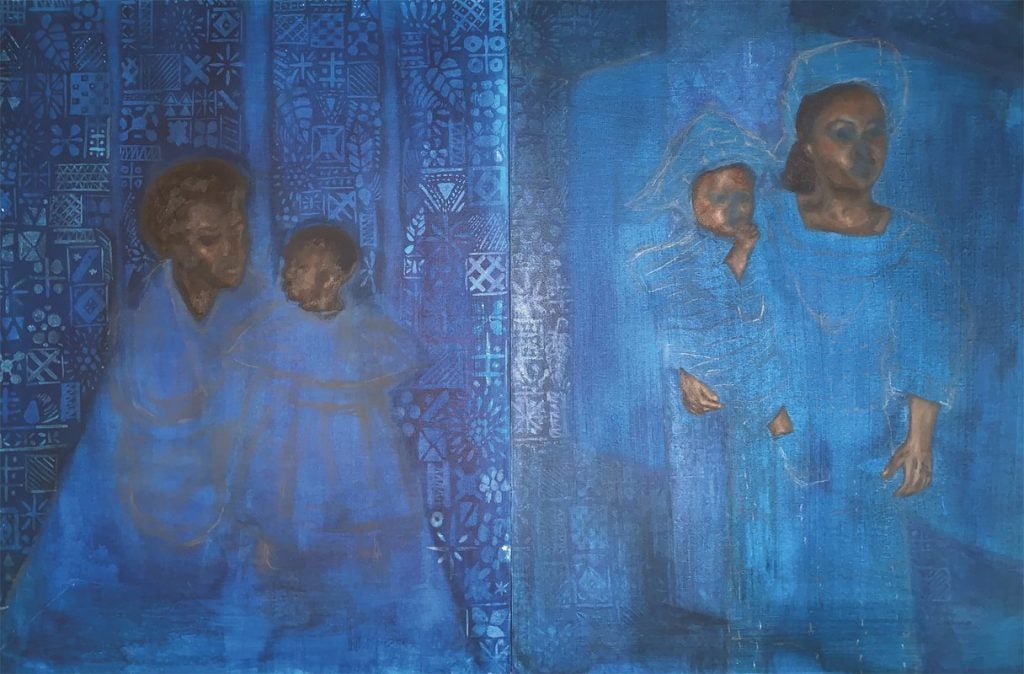
Paul Majek-Oduyoye, Mother and Child (2021). Courtesy Adeola Arthur Ayoola.
What is the most expensive work of art that you own?
I am in the process of acquiring a painting by U.S.-based artist Nkechi Ebubedike through her dealer Ayo Adeyinka of Tafeta. It will be the most expensive purchase I have made to date. I have been following her practice for a couple of years now. She had a solo recently at Tafeta and I found a piece through the gallery that I couldn’t resist.
Where do you buy art most frequently?
My entry into visual art was through visits to artists’ studios. I was in Lagos, Nigeria, for a couple of years and during that time, the Lagos art scene wasn’t as vibrant as it is today so going directly to artist studios was how I got into collecting. I still make most of my purchases directly from studios. For me, knowing the artist, their story, and the space they are navigating is paramount.
Is there a work you regret purchasing?
I won’t say regret, but there are works I purchased early on when I started collecting that I am not as connected to as I once was. I guess that is part of the learning curve as a collector.
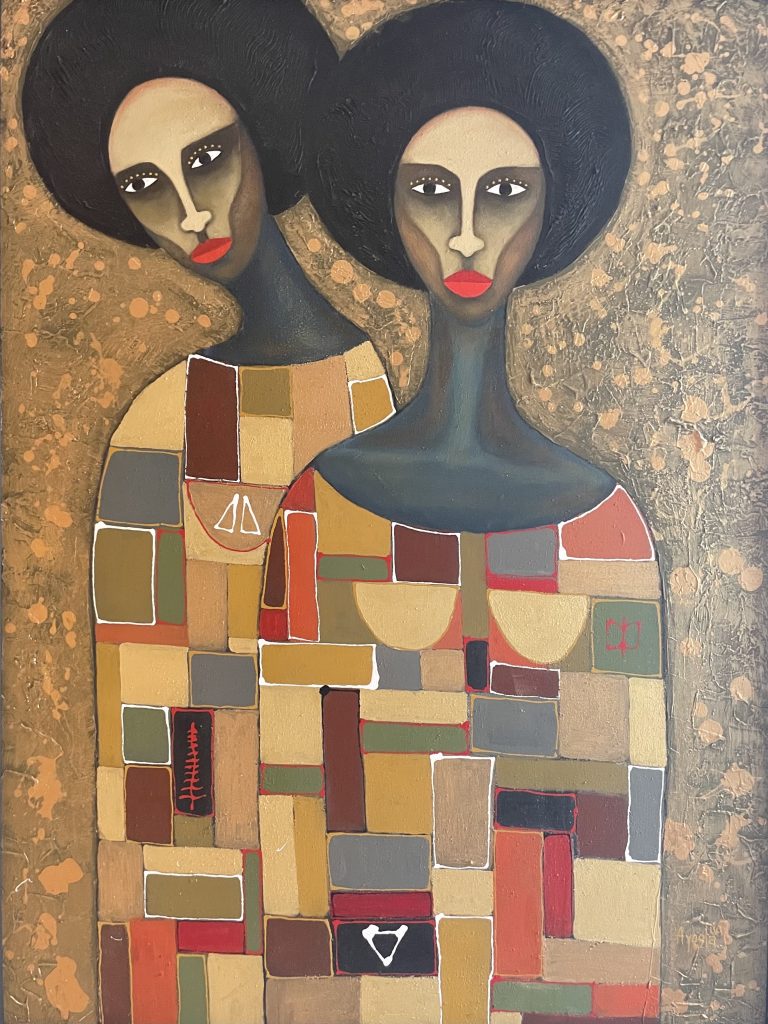
Ayoola Gbolahan, Reflections (2014). Courtesy Adeola Arthur Ayoola.
What work do you have hanging above your sofa? What about in your bathroom?
Above my sofa is a painting by artist Ayoola Gbolahan titled Reflections from his “Blue Woman” series. I don’t have any artwork in my bathroom but now that the seed is sown, I might find a suitable piece in my next acquisition.
What is the most impractical work of art you own?
The majority of my collection is painting with a few photographs, drawings, and prints thrown in. I am curious about sound installations and performance art but I need to educate myself more in those areas.
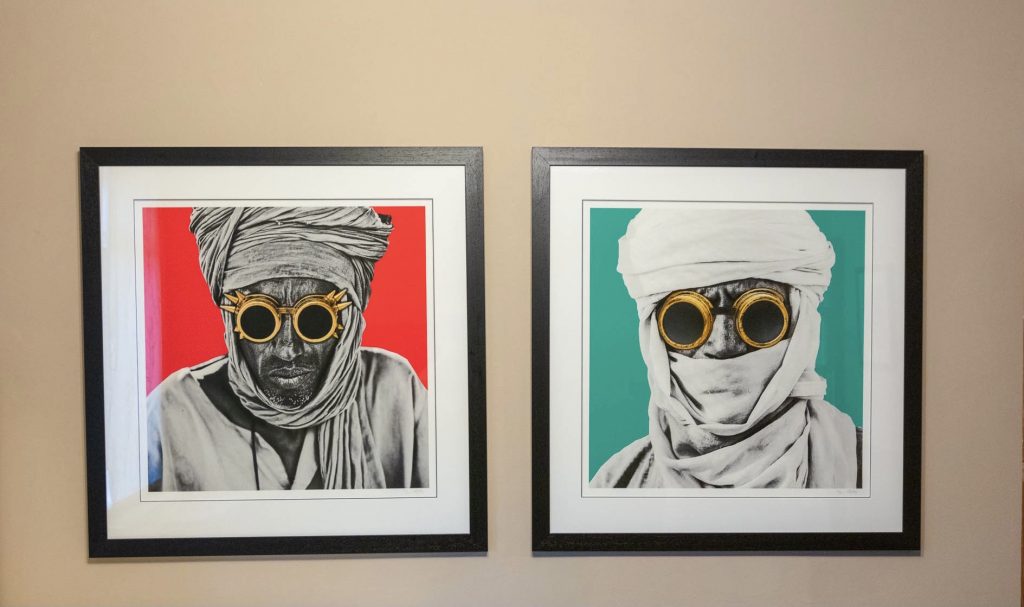
Williams Chechet works. Courtesy Adeola Arthur Ayoola.
What work do you wish you had bought when you had the chance?
There are lots of works I have missed out on through my indecision. I collaborated with a group of artists for my first curatorial project in 2018, and I wish I had bought the work of two artists then, Dennis Osadebe and Ayobola Kekere-Ekun. They are both doing very well now.
If you could steal one work of art without getting caught, what would it be?
I am a Rothko fan and the Rothko Room at Tate Modern is somewhat of a pilgrimage for me. If I could steal one, it would be Black on Maroon.
